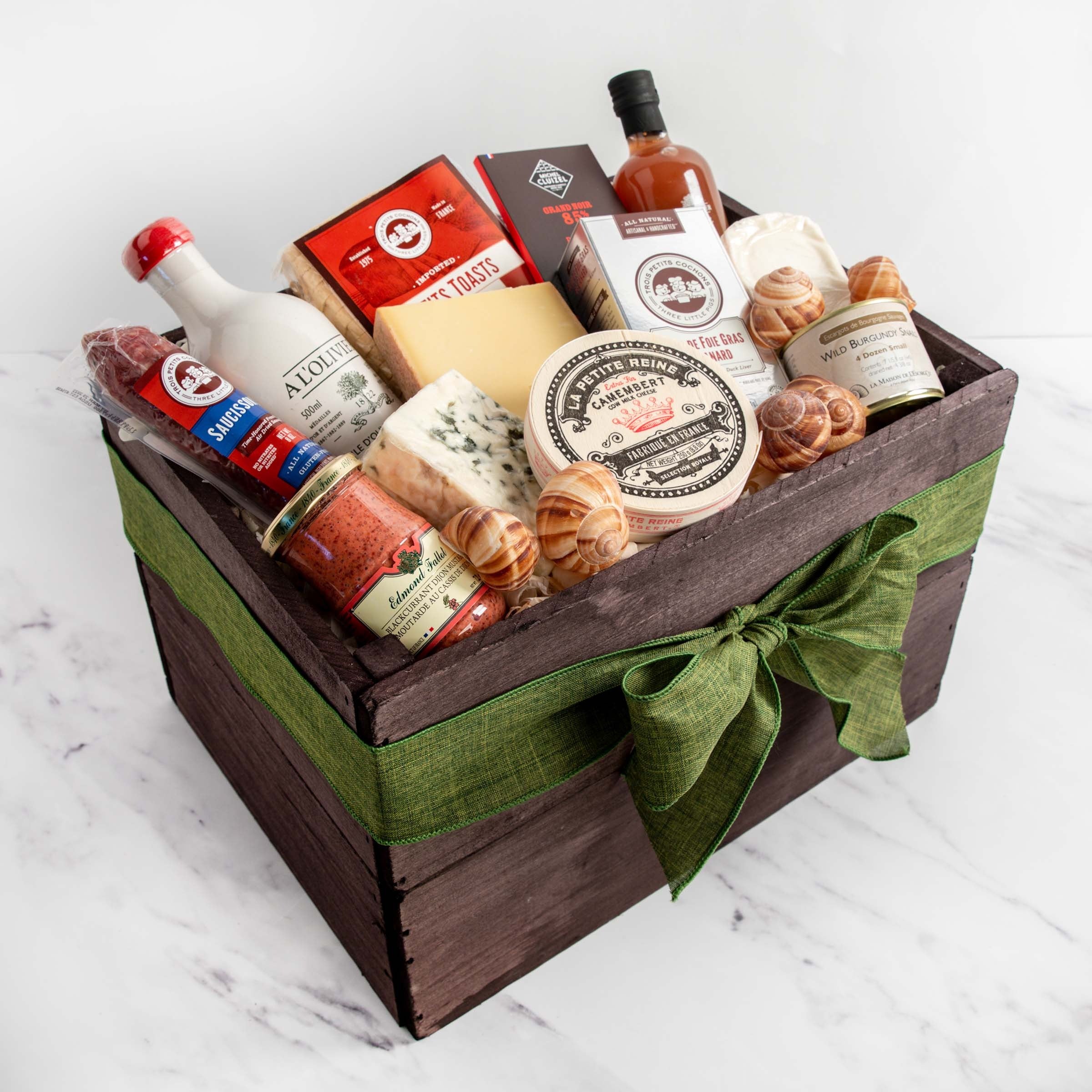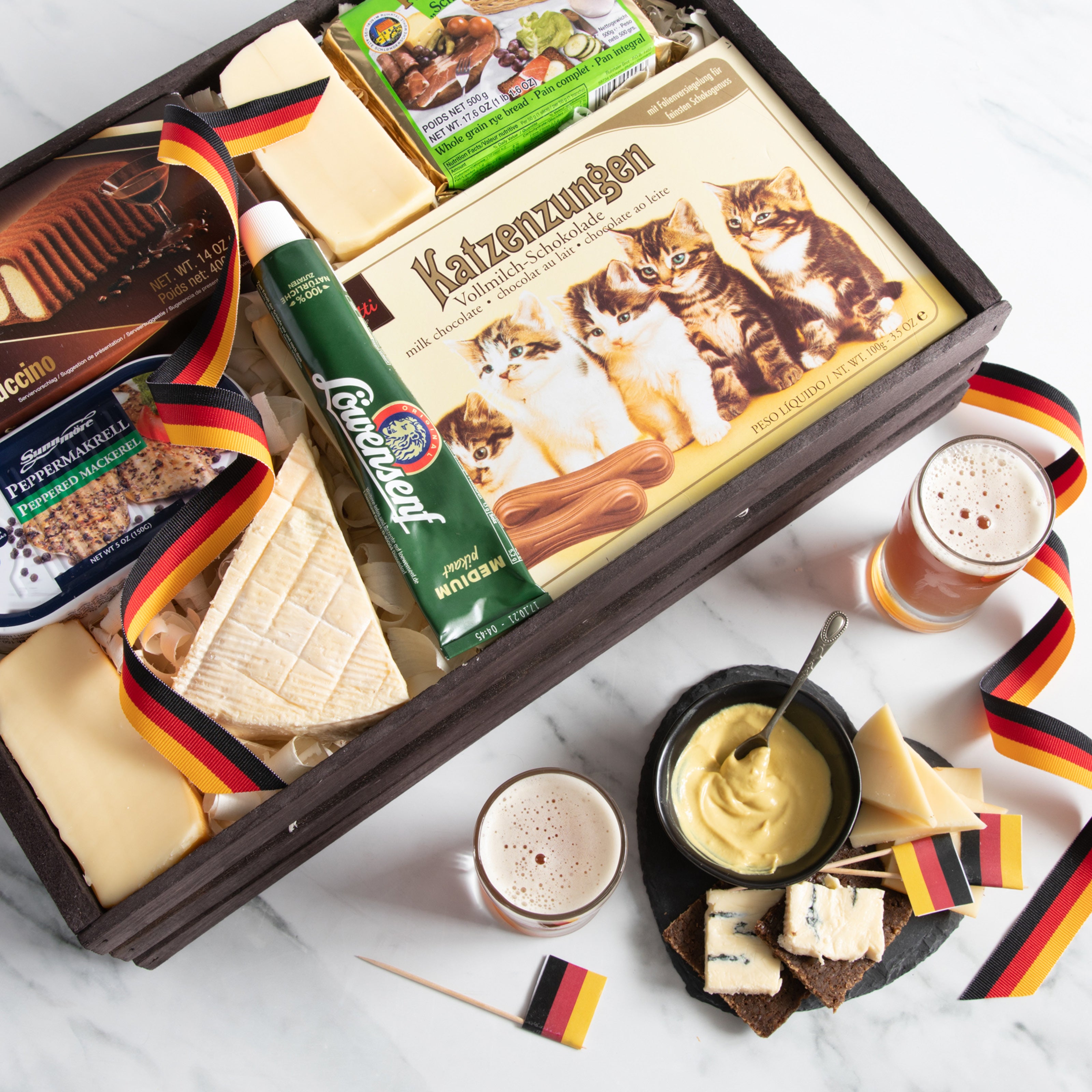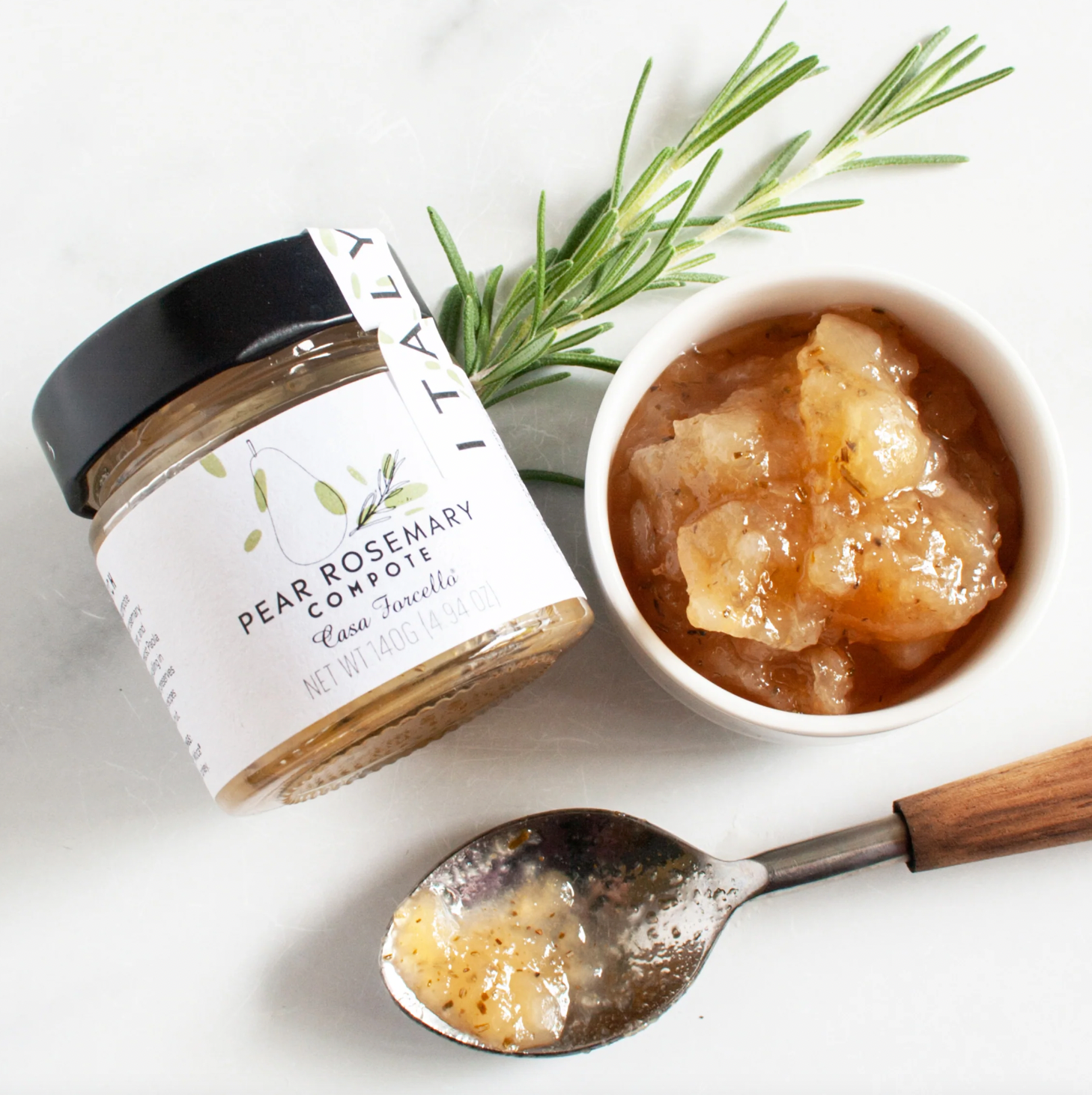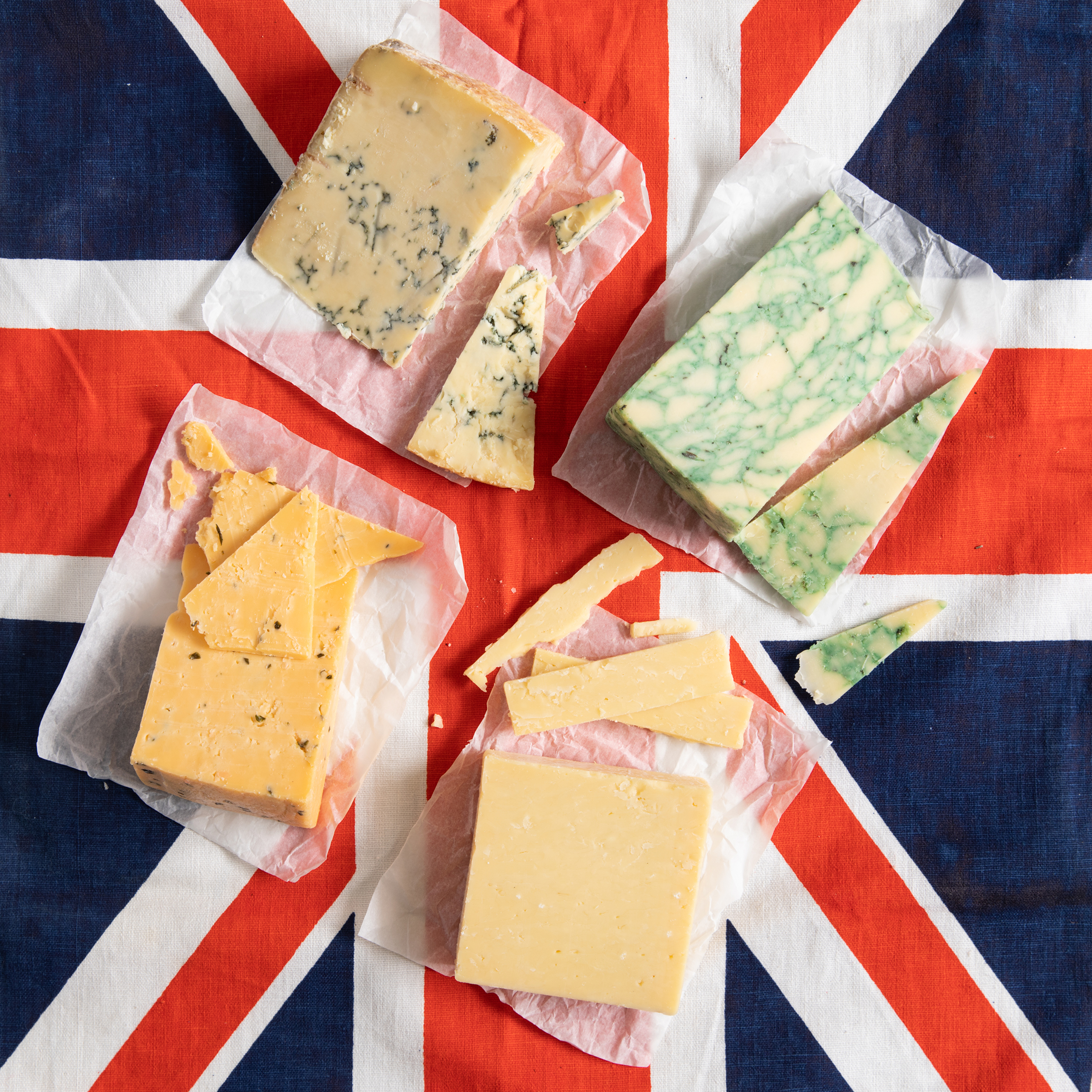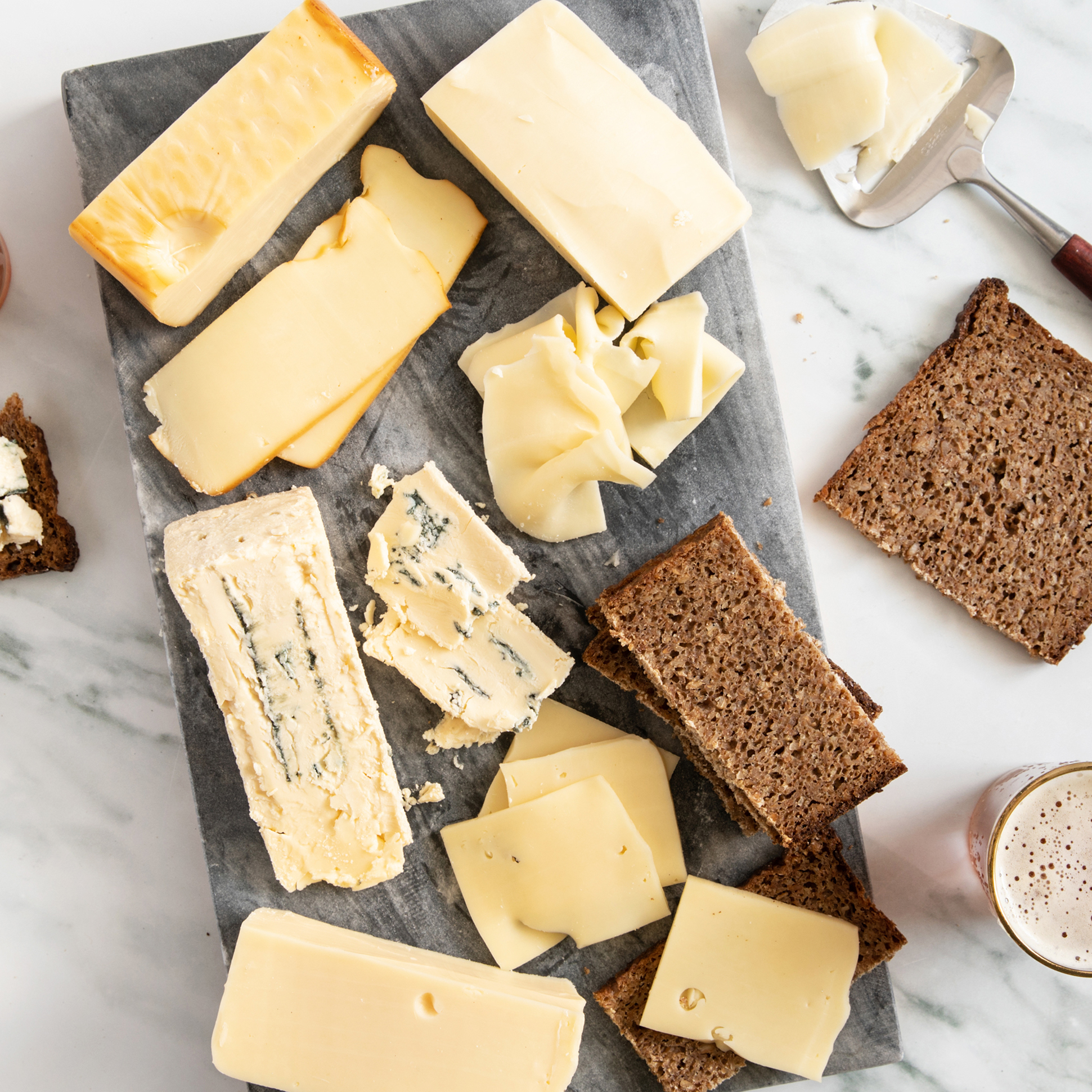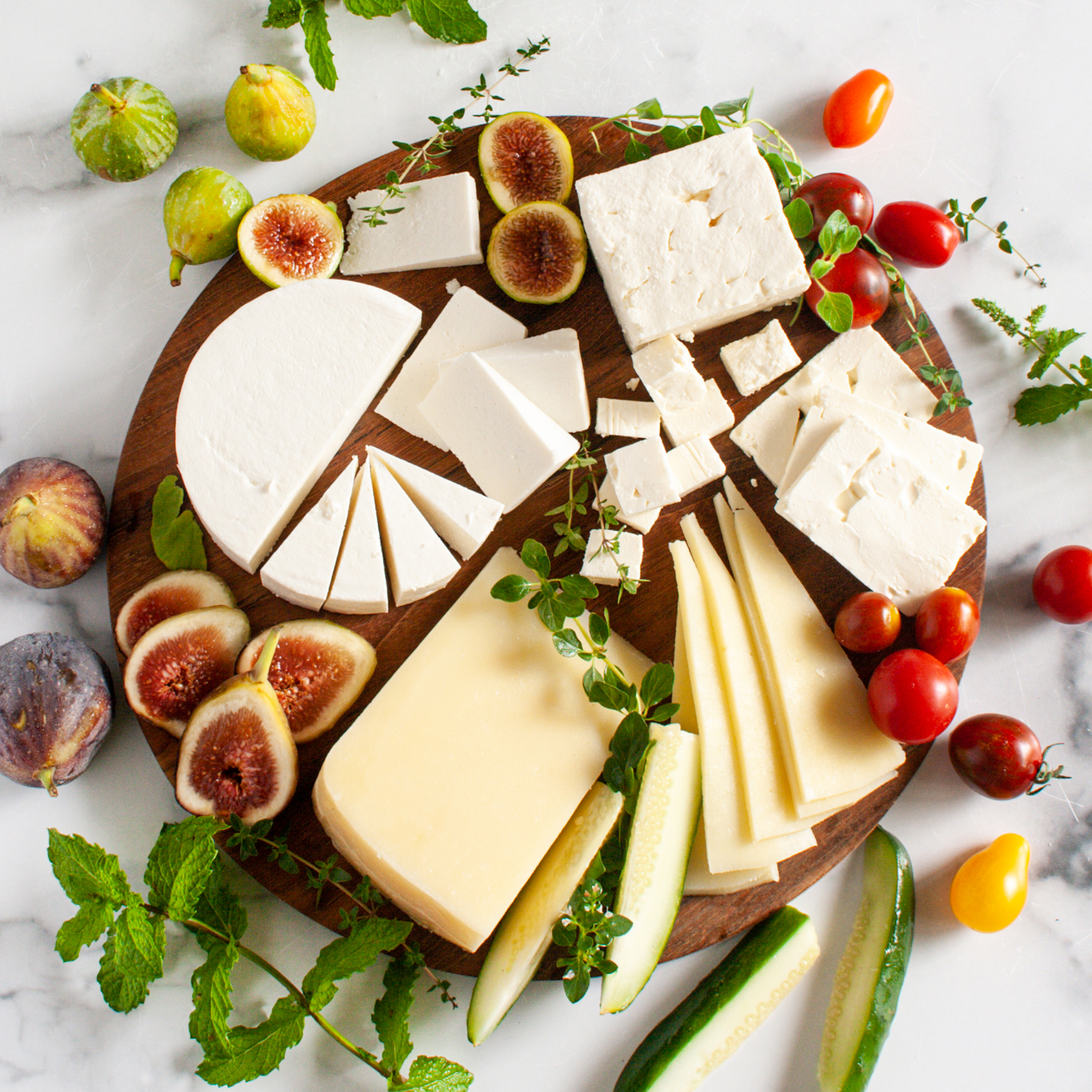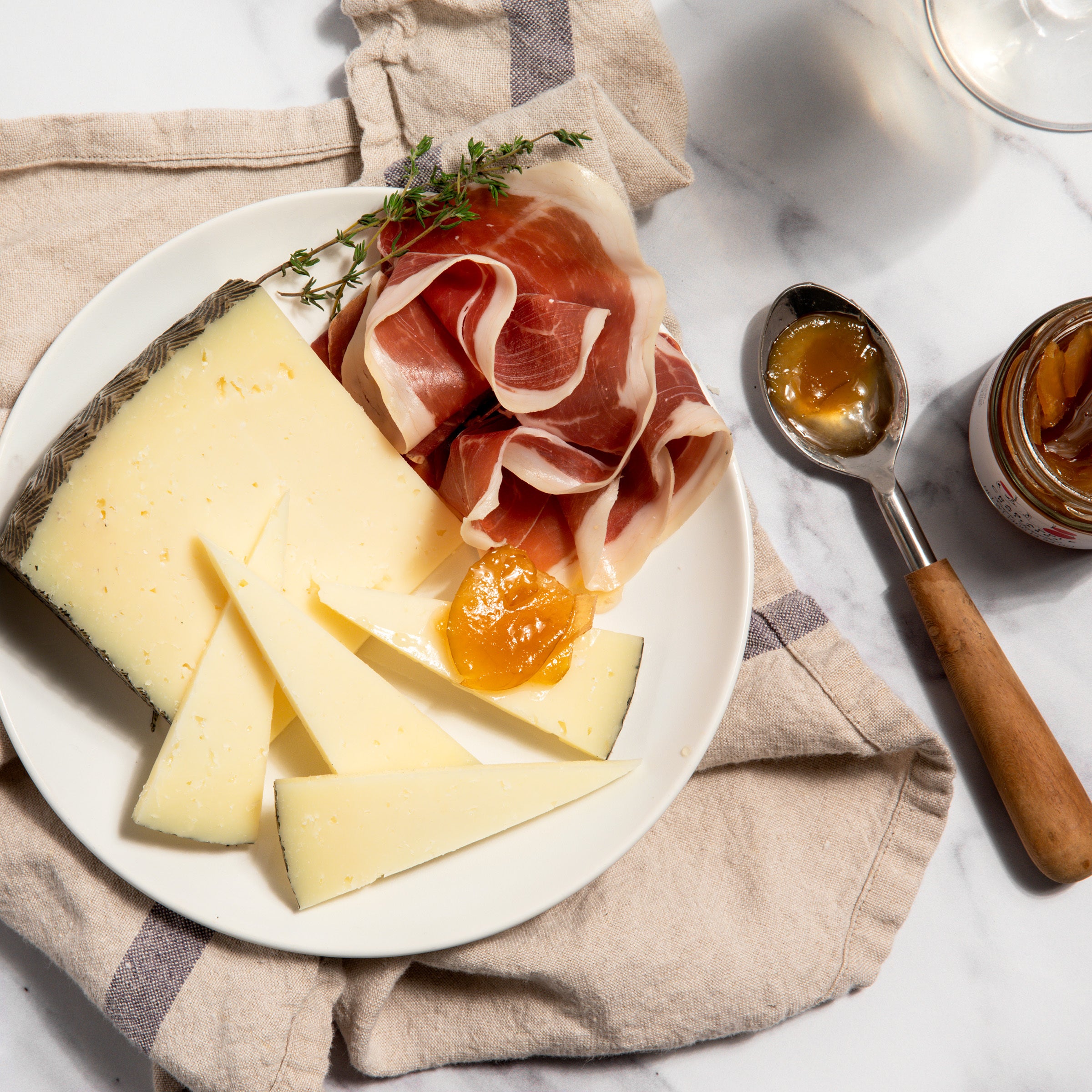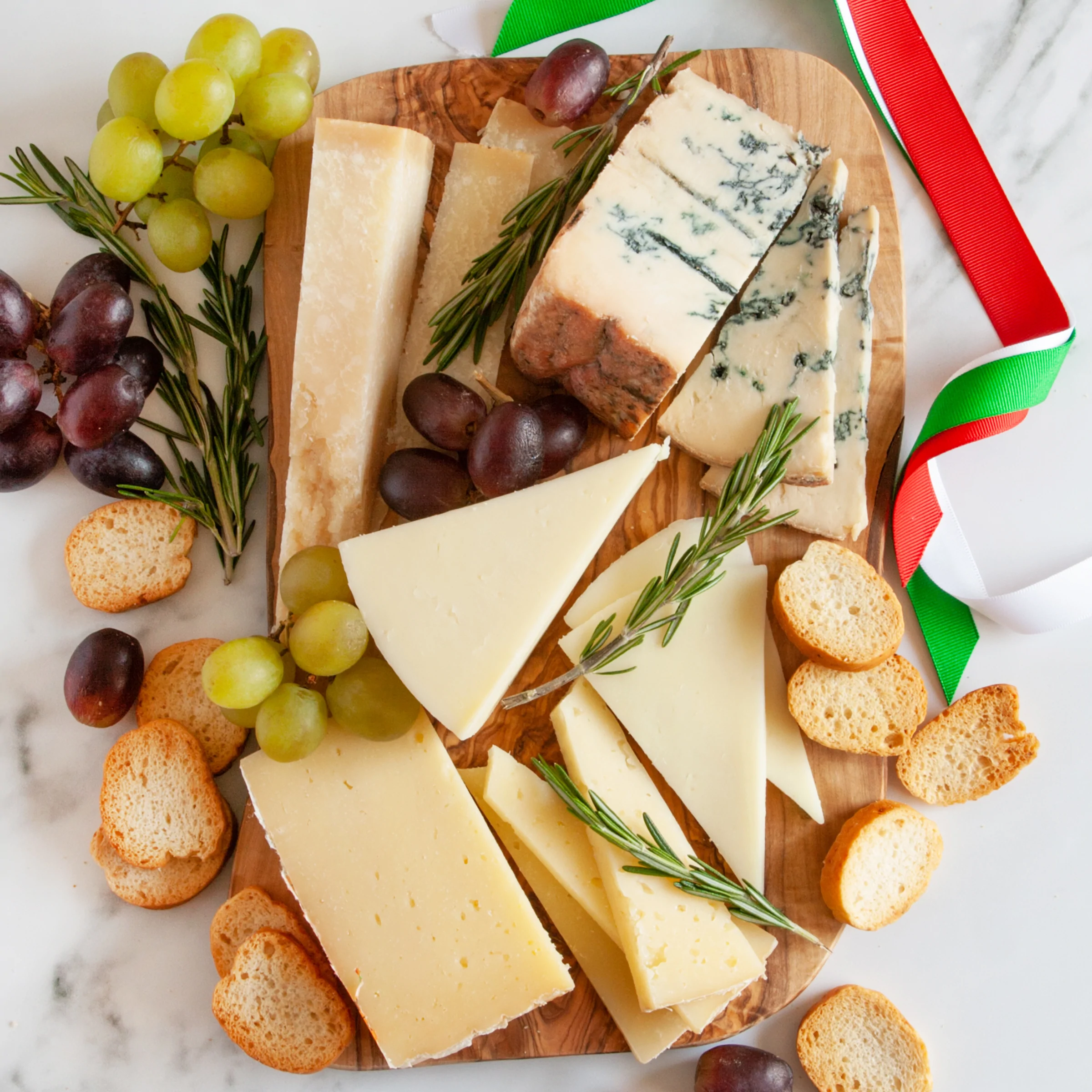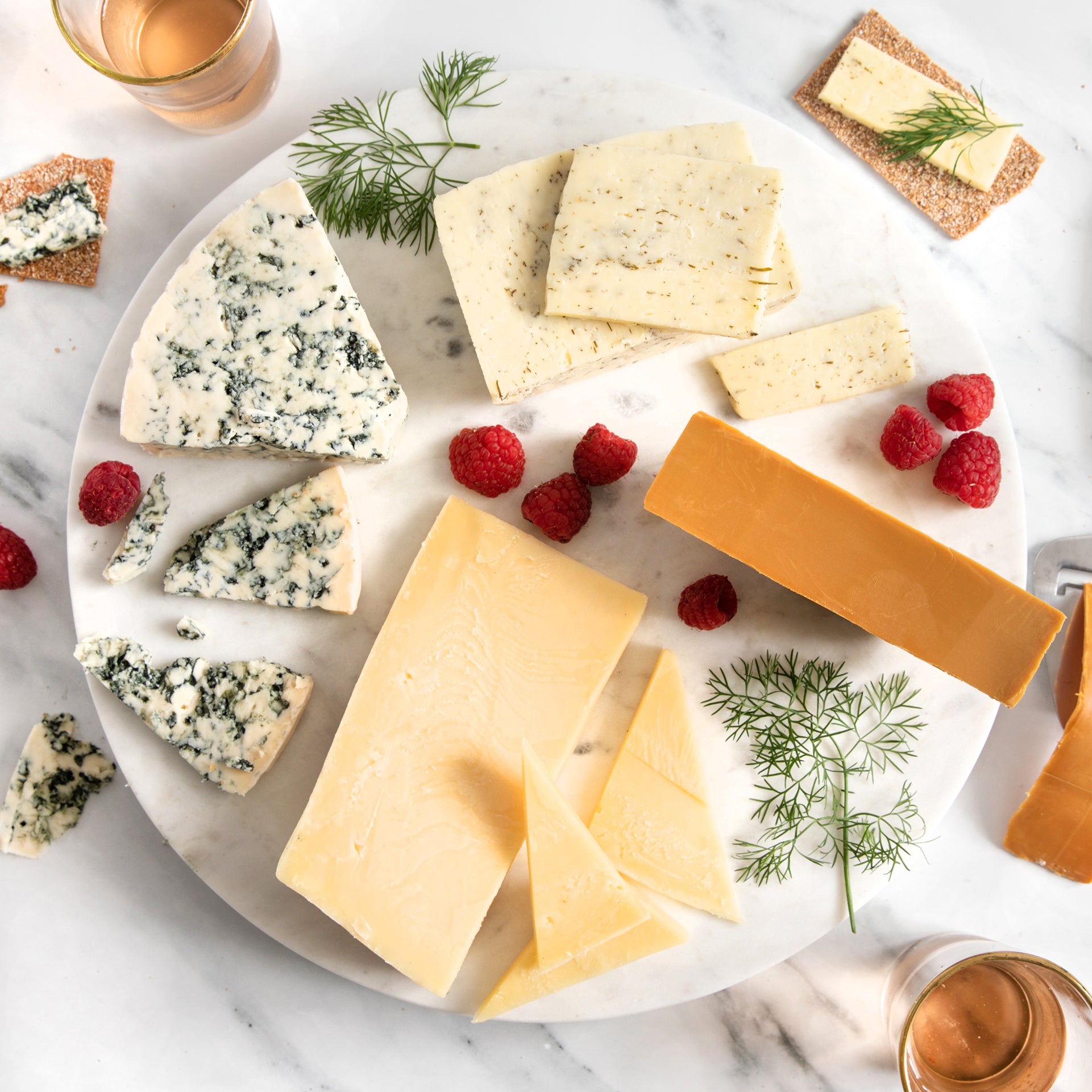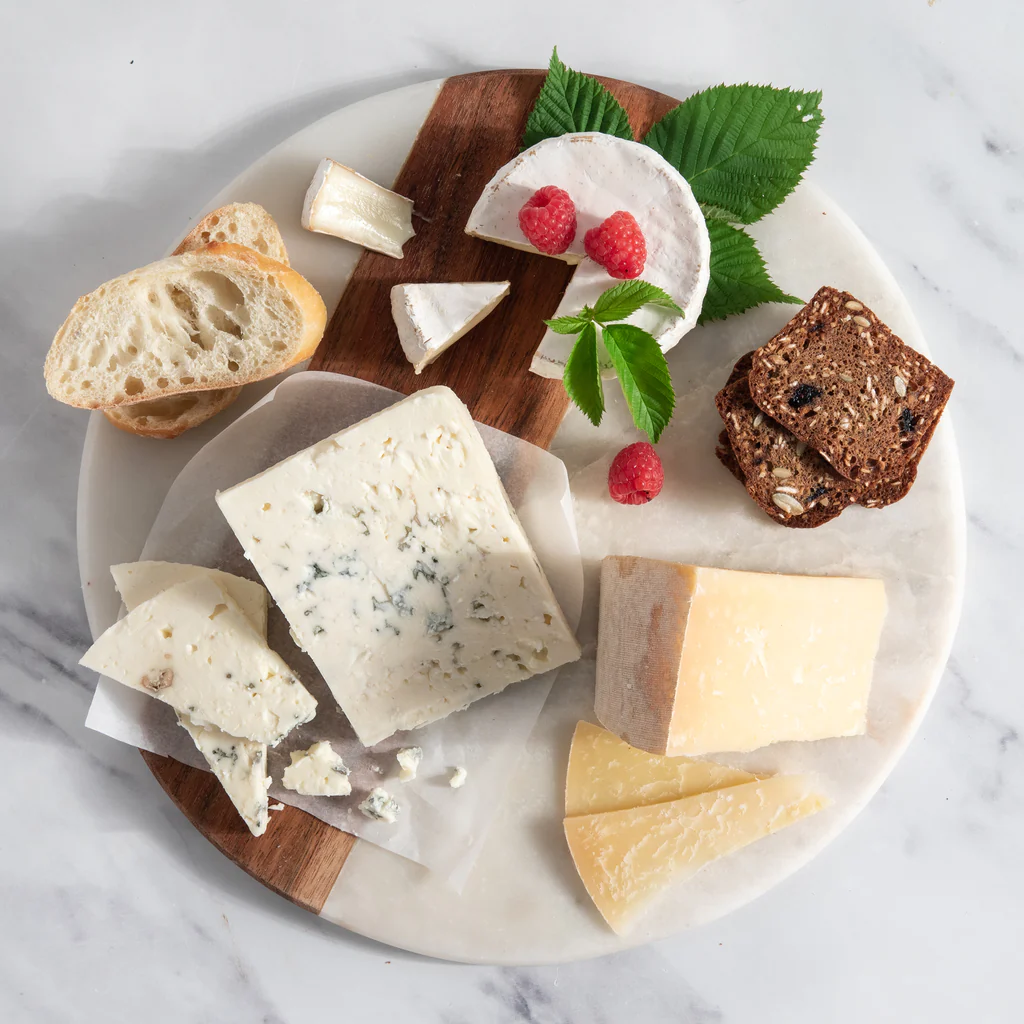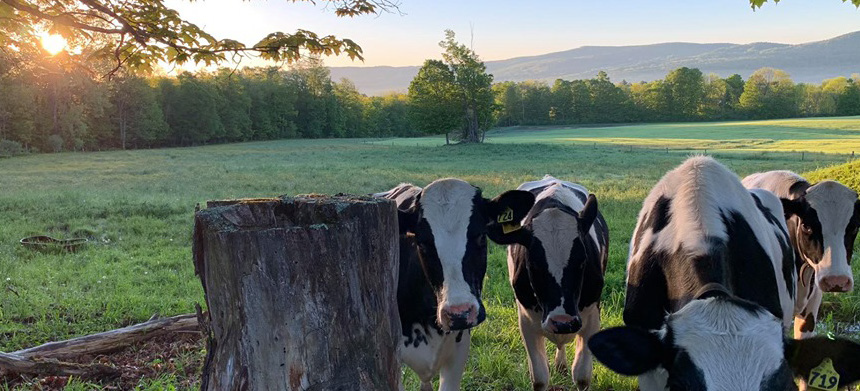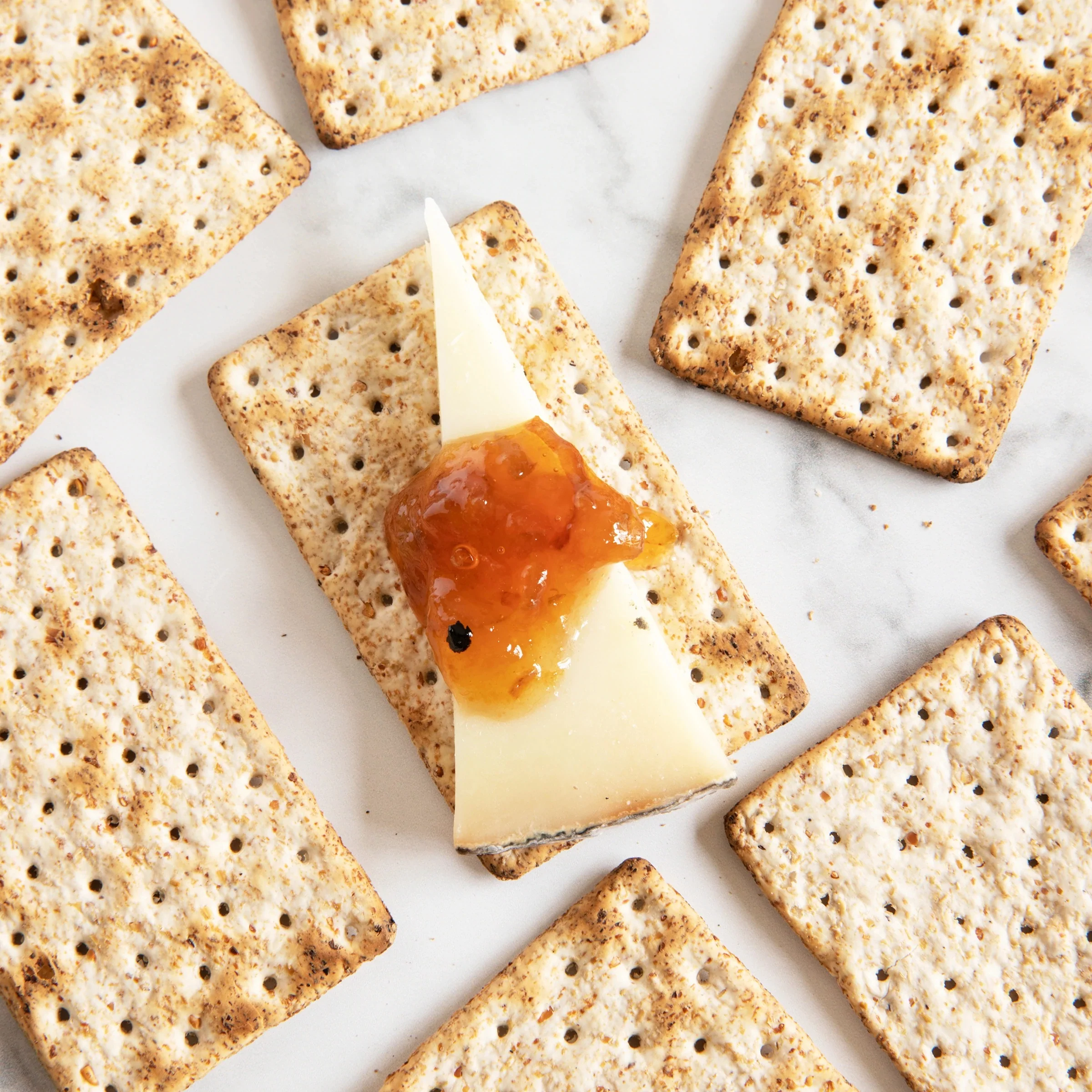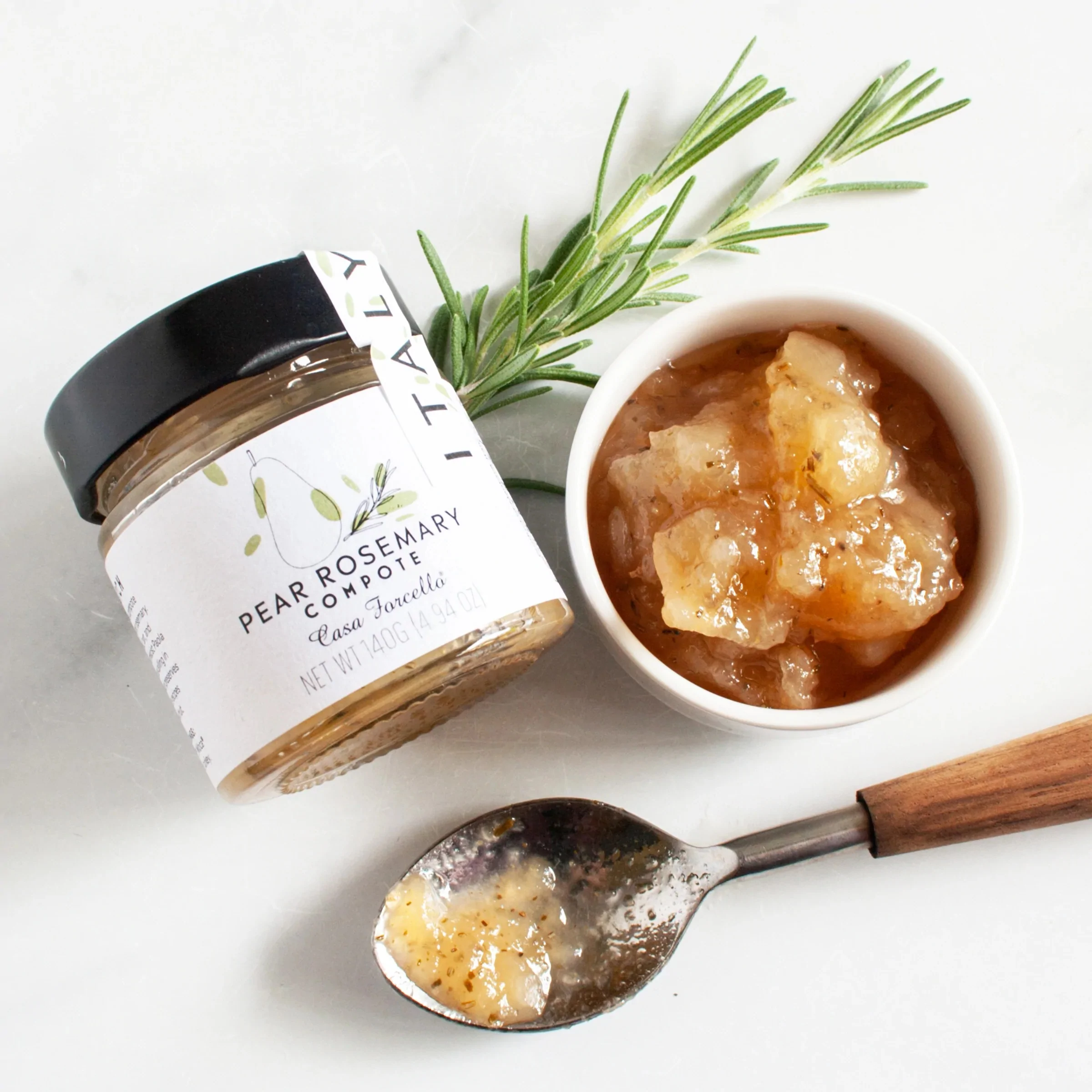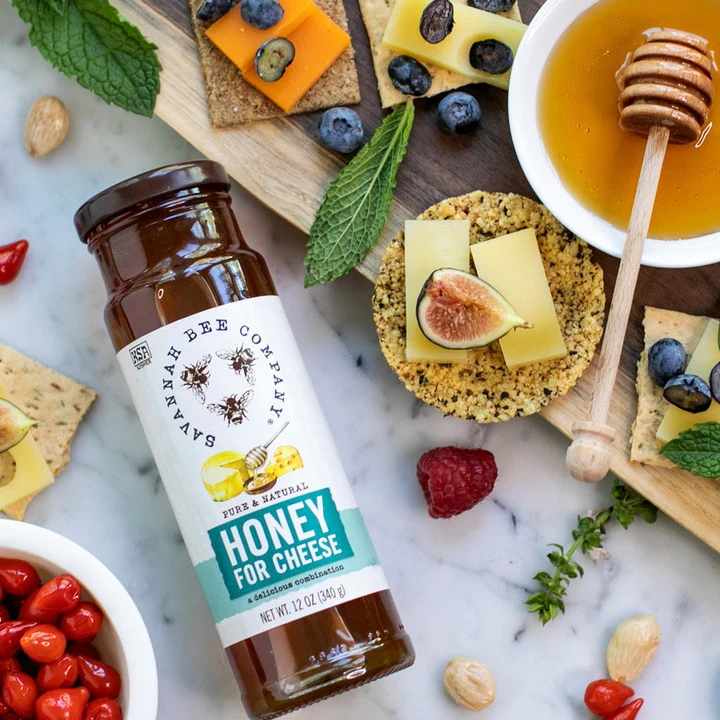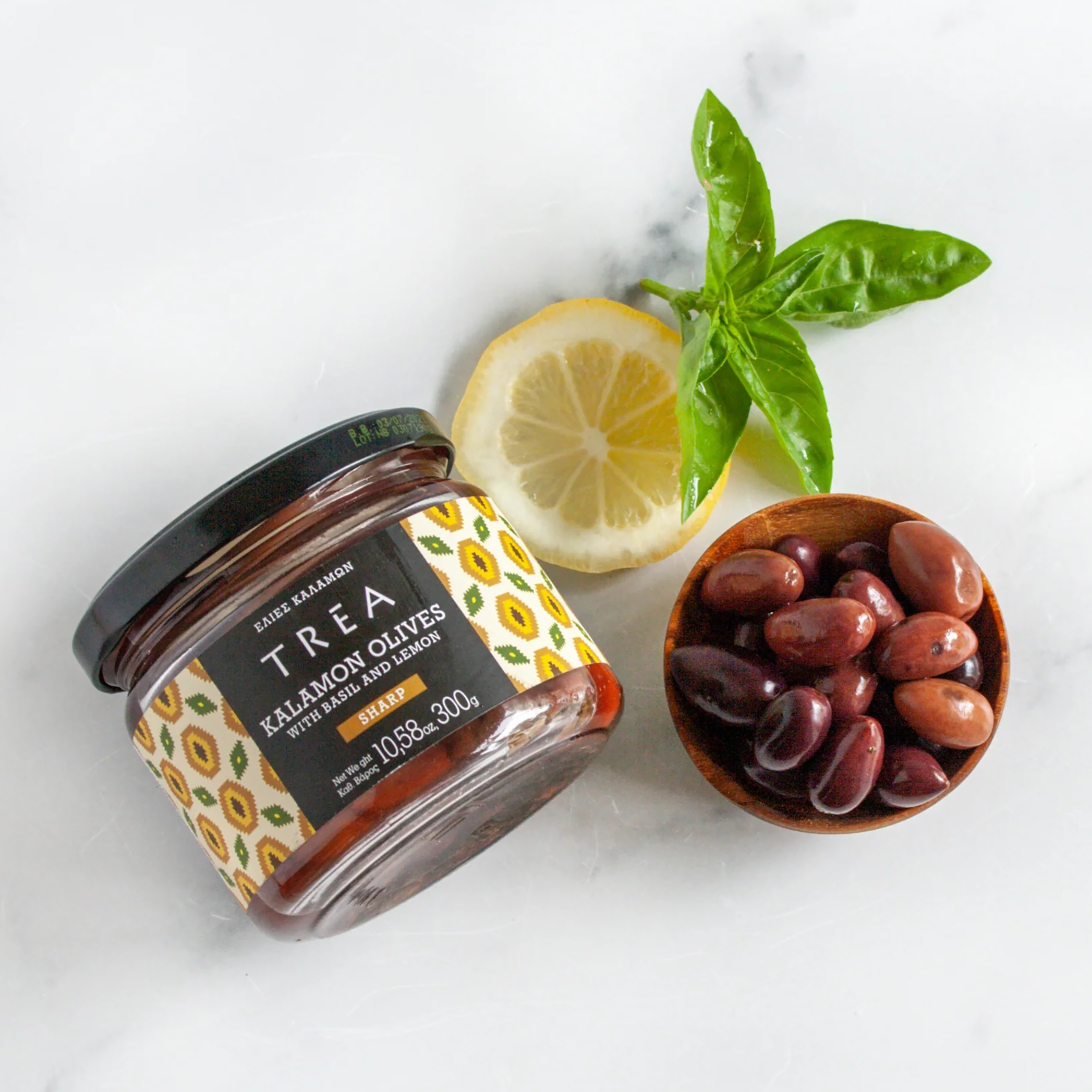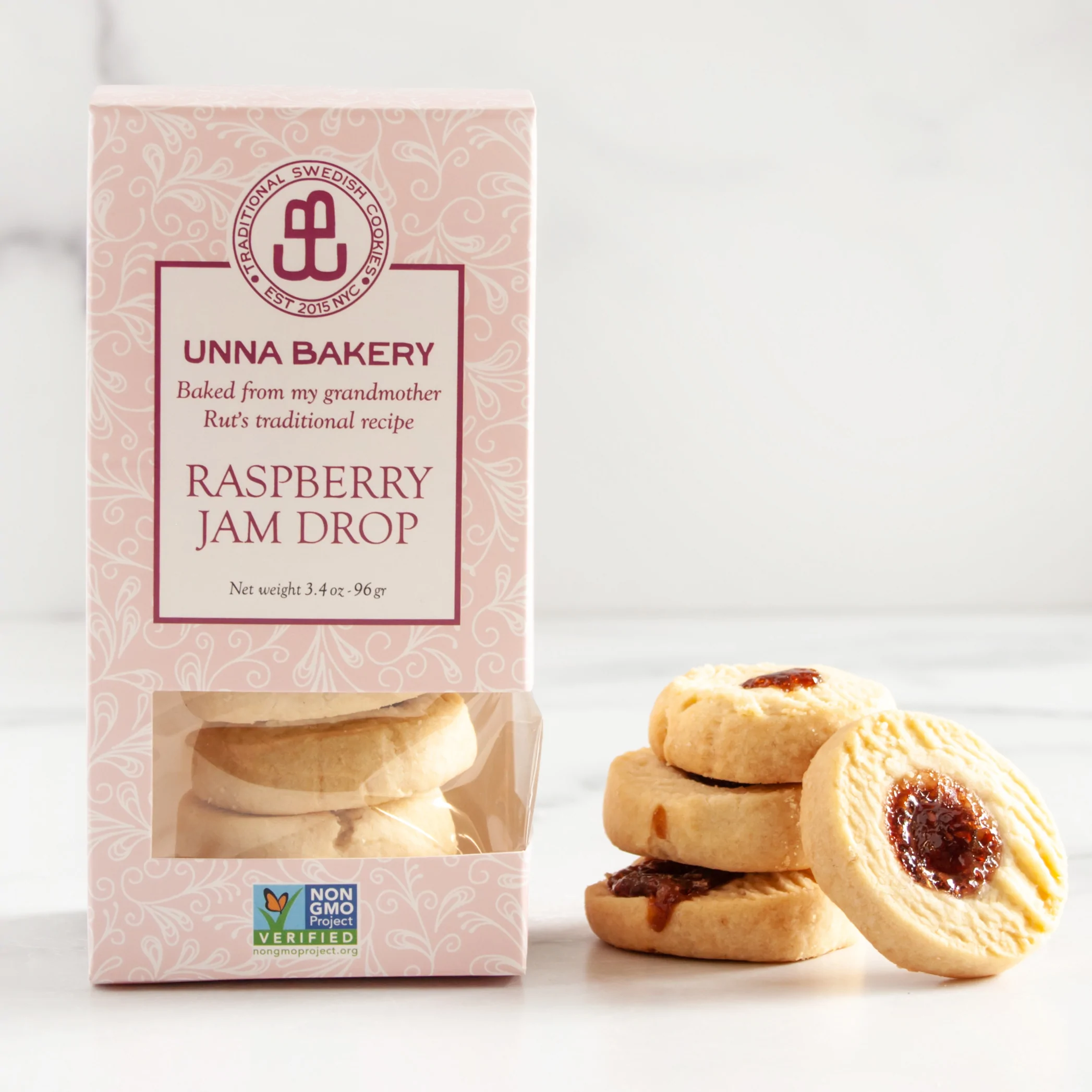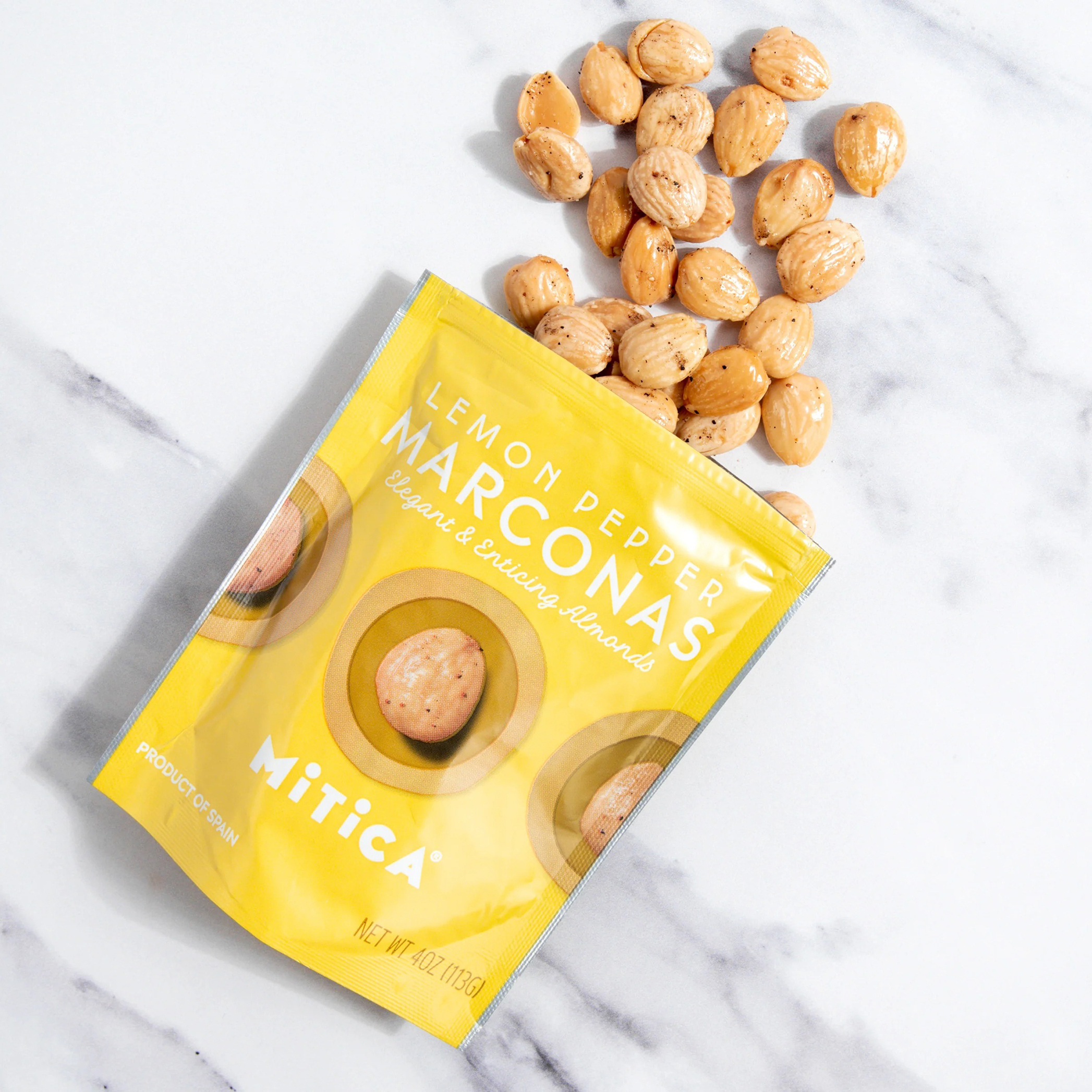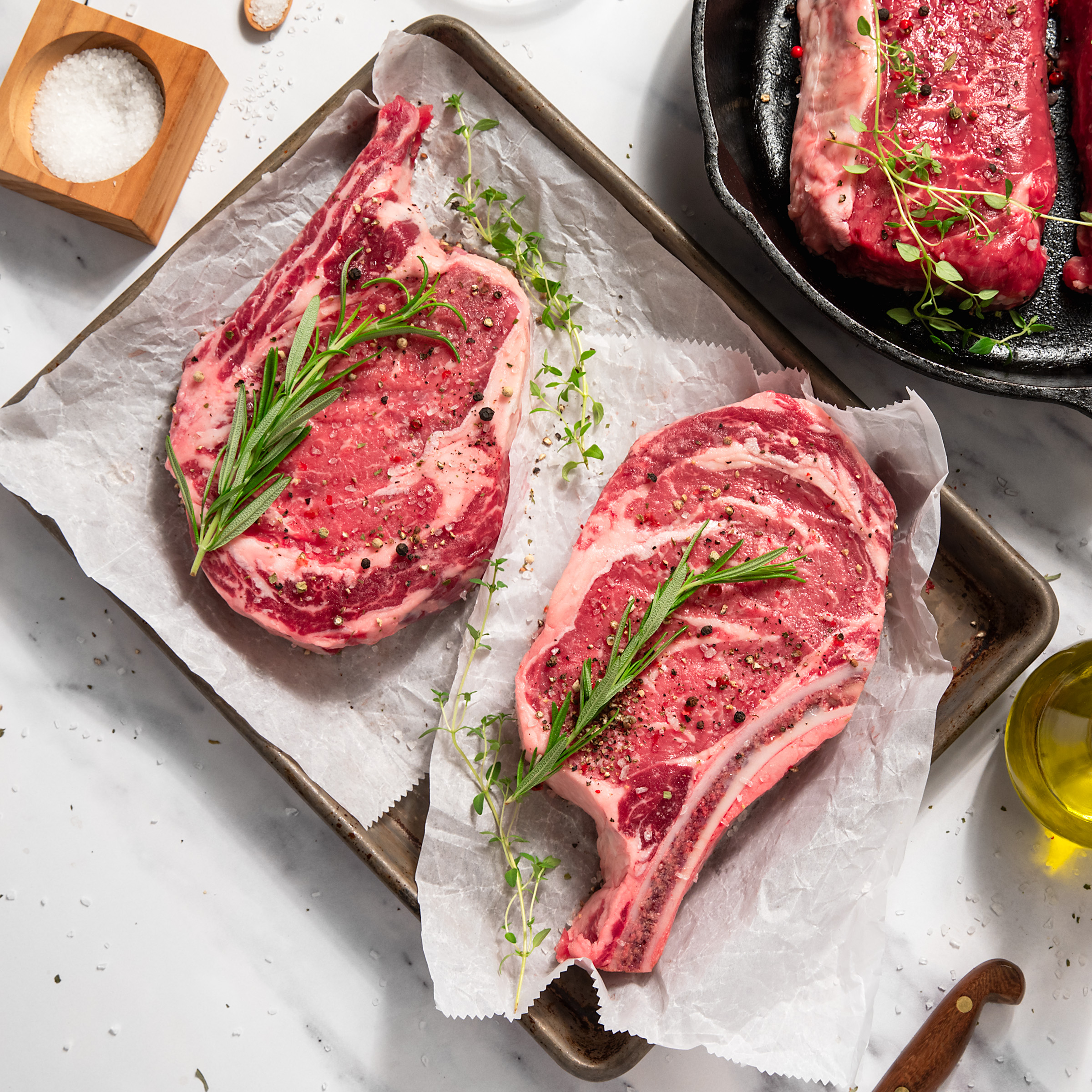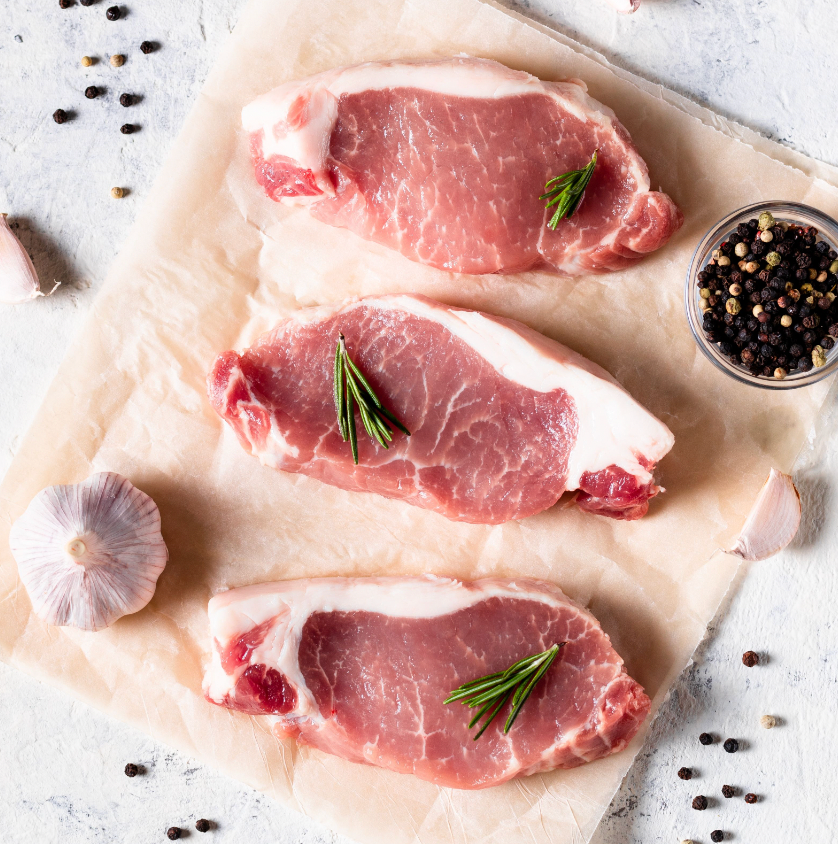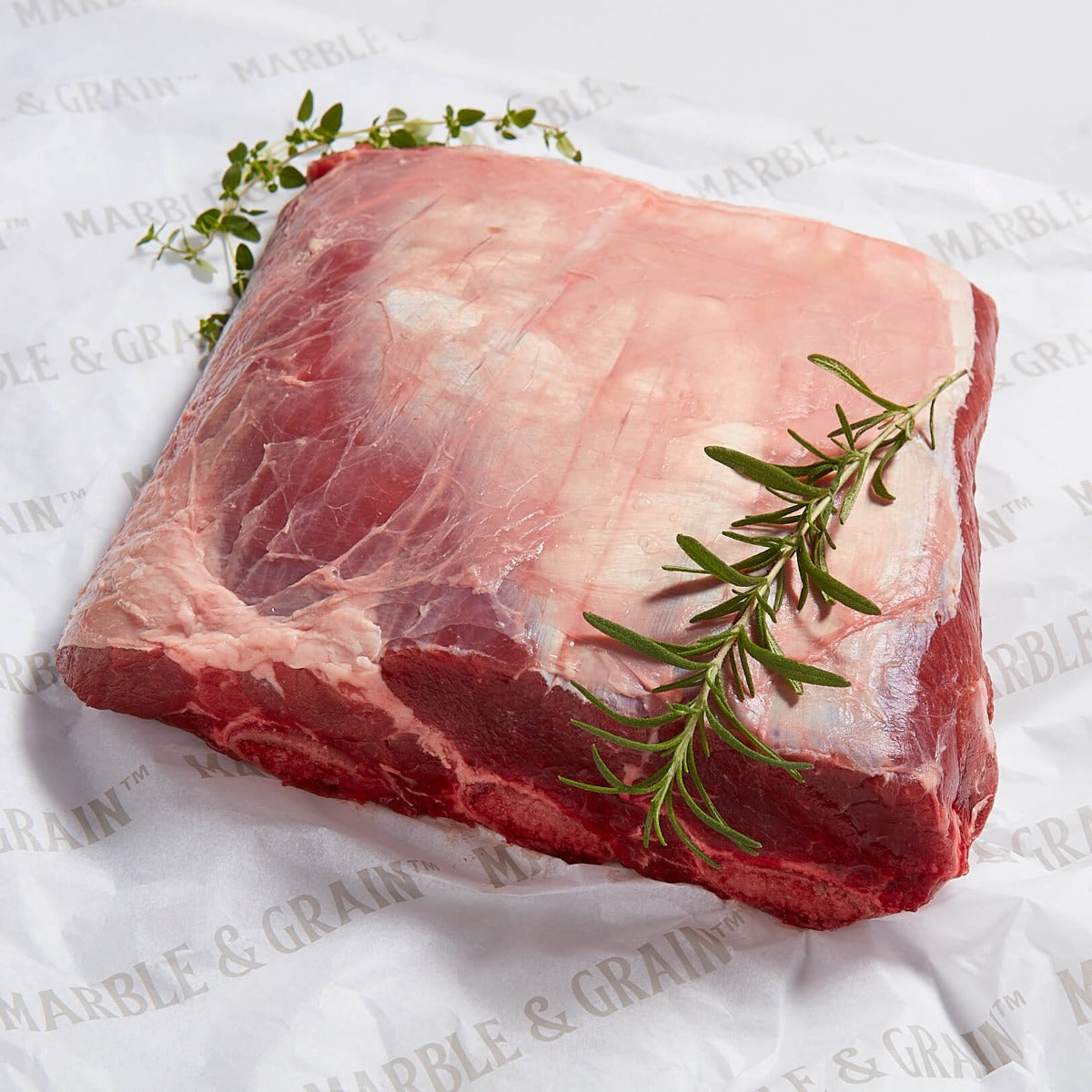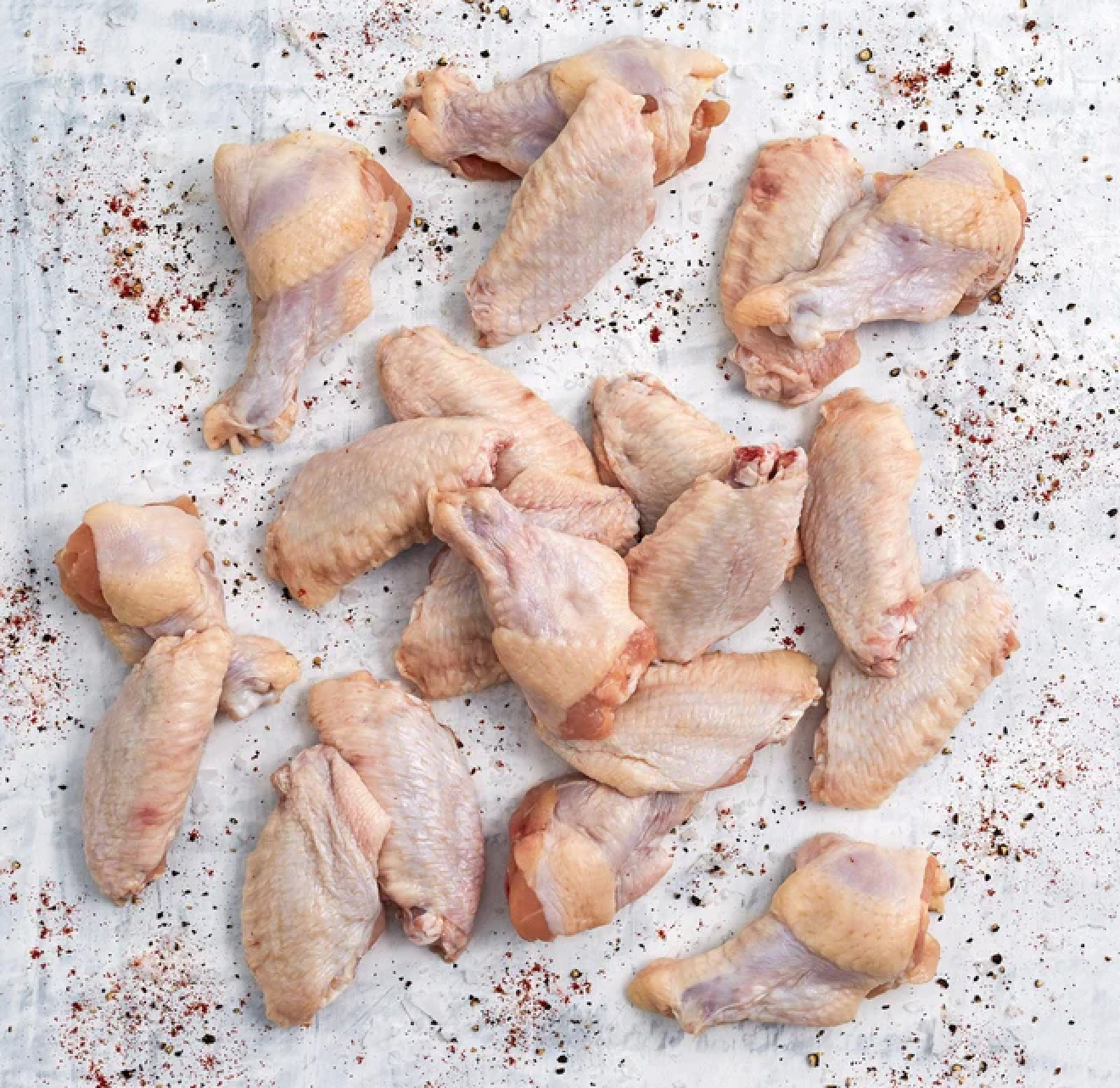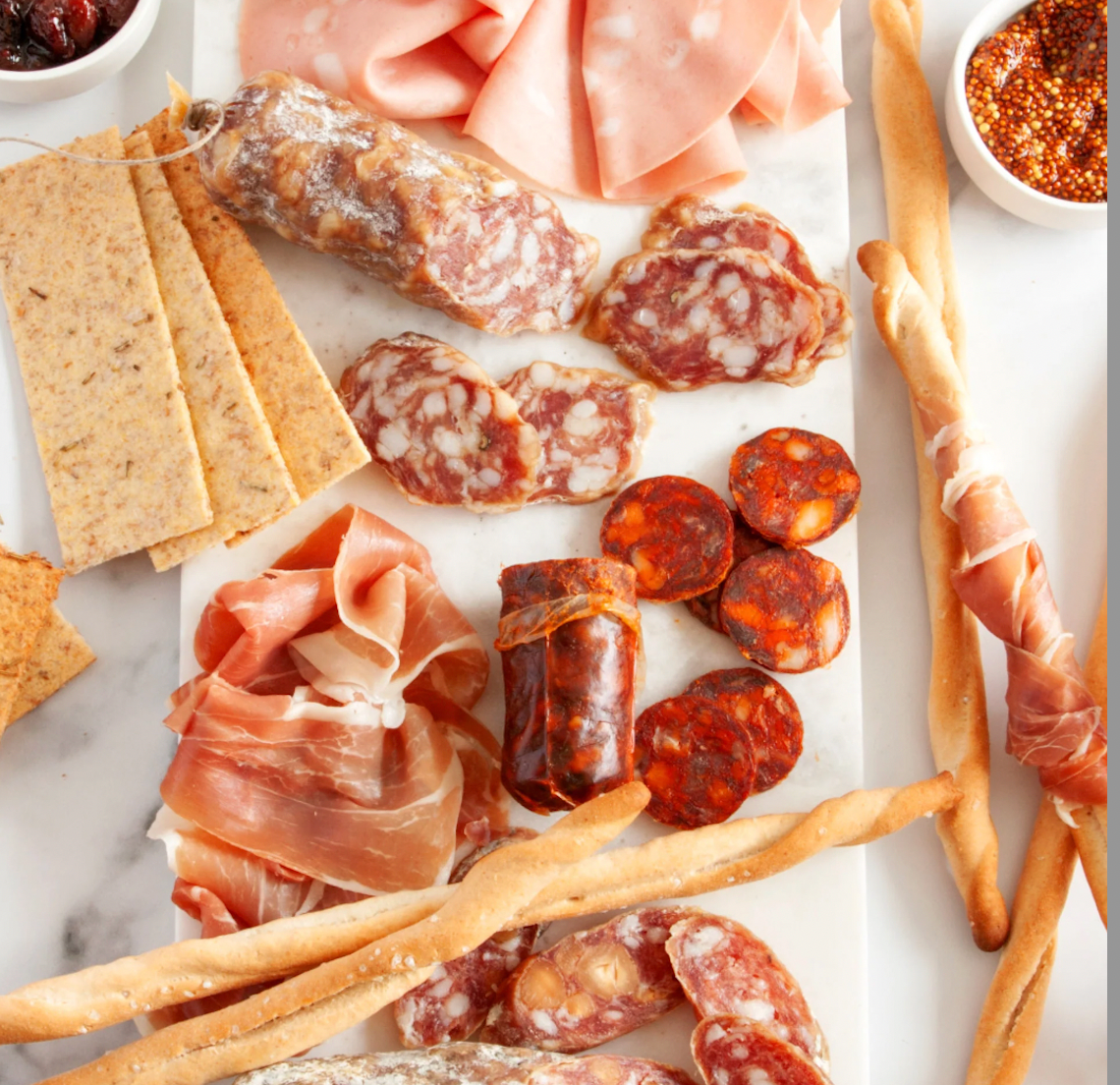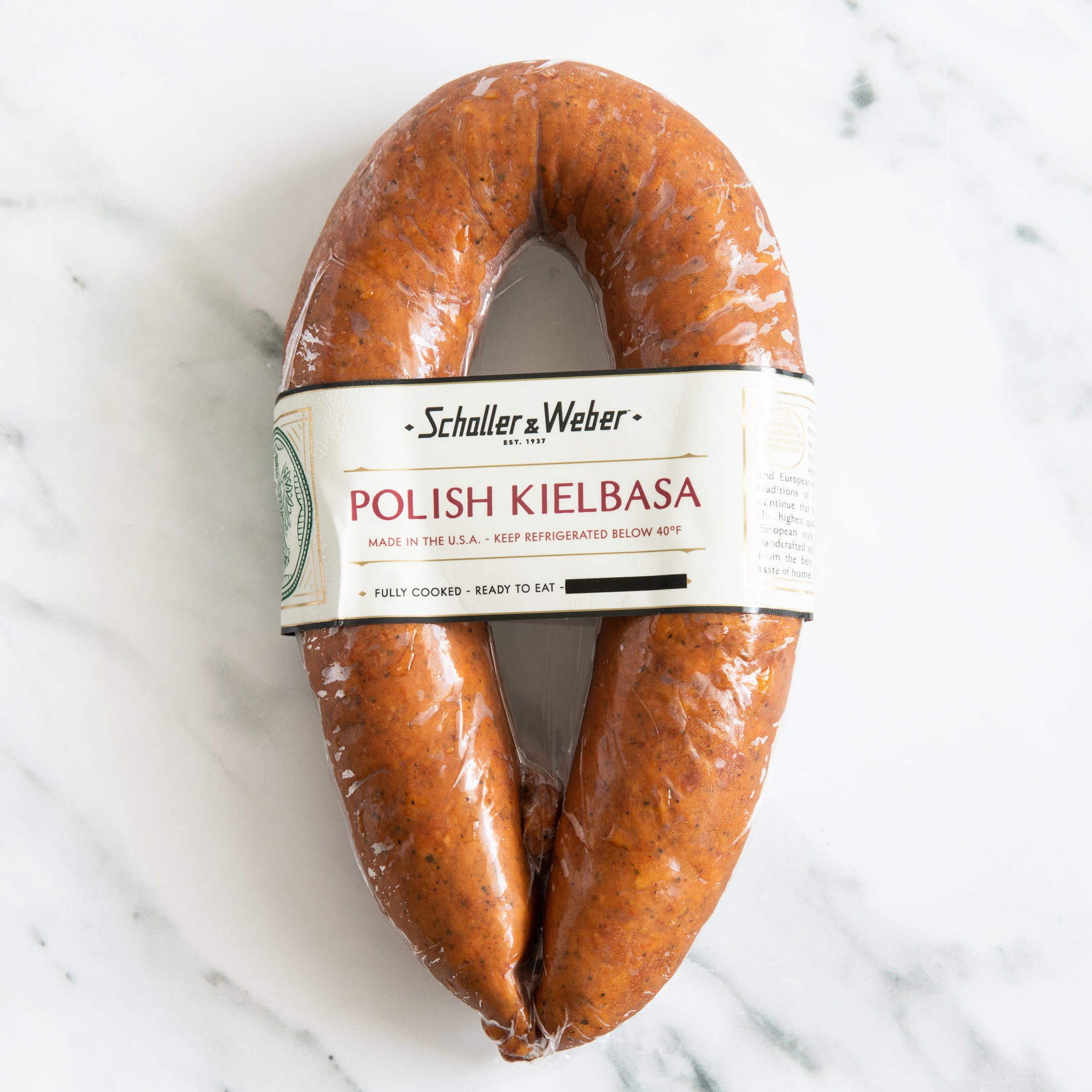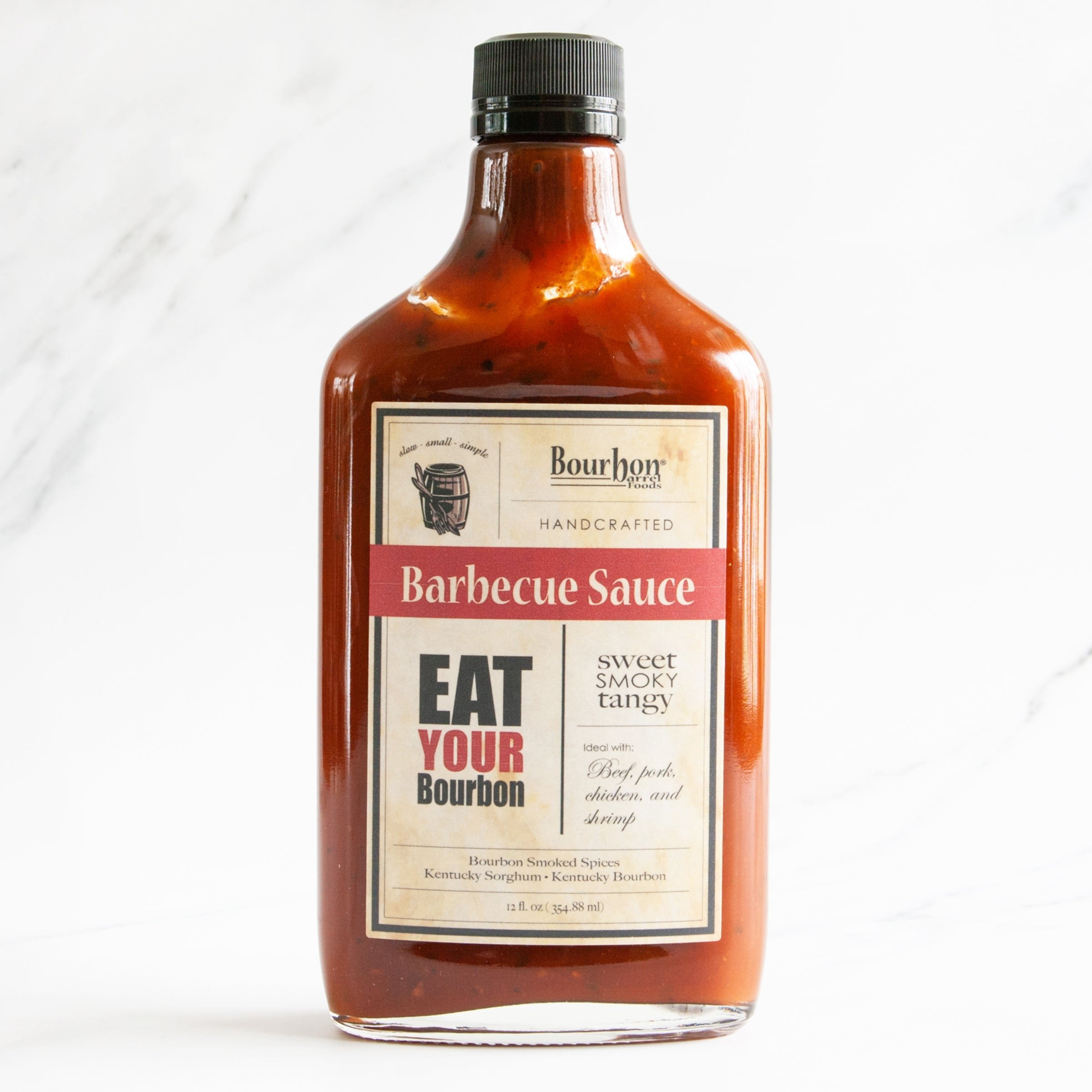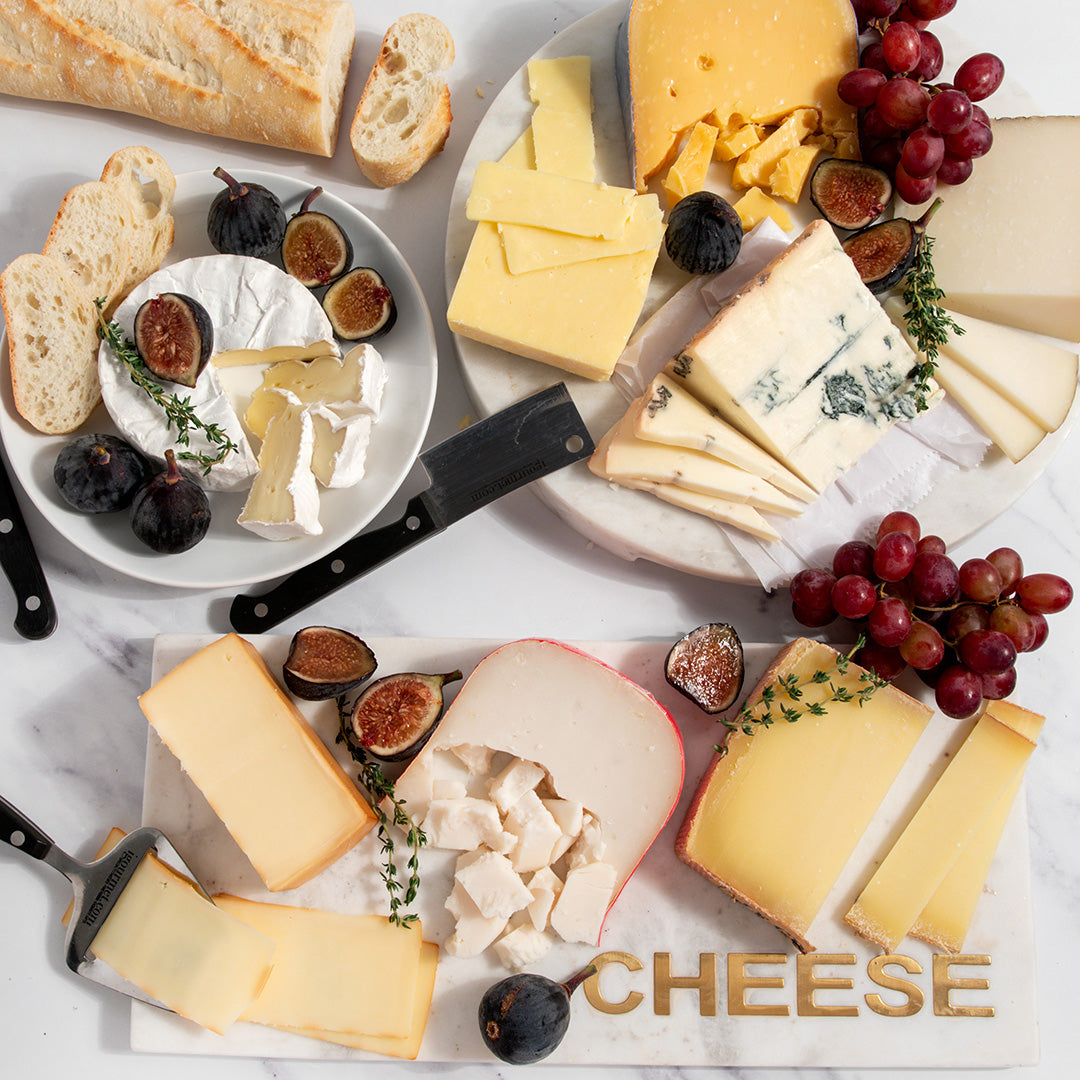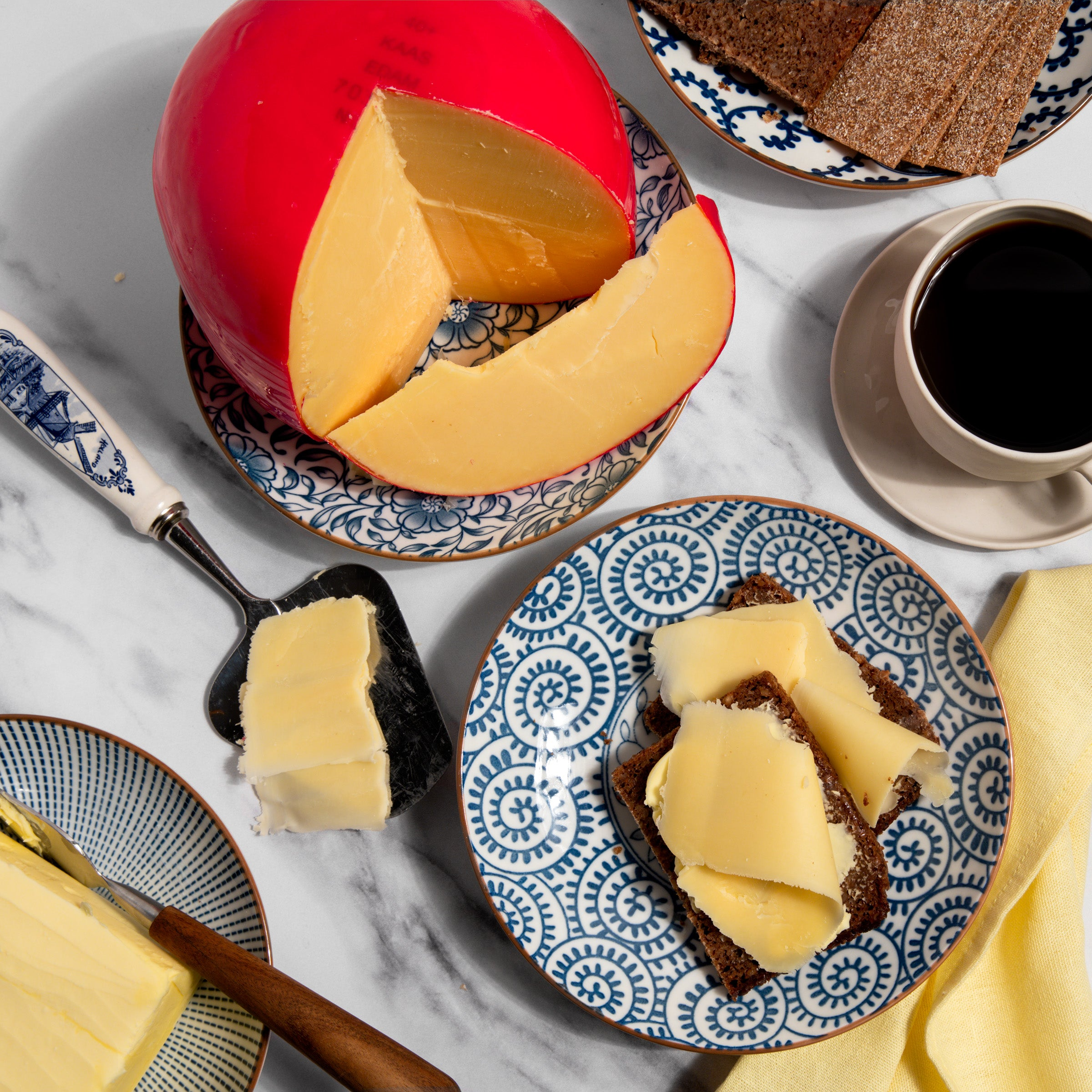Guide to Cheese Types
Cheddar Cheese - Cheese Guide
June 12, 2019 | By Dave Mattingly
Cheddar, quite possibly the most famous cheese in existence today, has been inspiring food lovers for decades. Initially named after a place in England called Cheddar Gorge, Cheddar now refers to a type of cheese made via the Cheddaring technique, which refers the milling and stacking of curds during its production. Somewhat like kneading bread, this Cheddaring process creates a smooth, tight-knit texture in the cheese. Traditional English Cheddar is made in large drums, not blocks, and covered with a cloth wrapping. This cloth allows the cheese to breathe, slowly losing moisture and intensifying in flavor. Today, most Cheddar Cheese is produced in blocks and sealed with wax or plastic. This keeps a rind from developing, allowing the consumer to enjoy 100% of the cheese without waste.
Cheddar is a unique style of cheese in that it is defined by its very particular production method, but still varies widely to suit a number of individual tastes. The most familiar characteristic of Cheddar is its sharpness. Sharpness relates to the age of the cheese and the tangy, prickly flavor that the cheese develops. But smaller wheels ripen much quicker than larger ones, as the ratio of surface area to cheese is smaller. So a ten-pound wheel of cheddar at 12 months will be much sharper than a 40 lb wheel at 12 months. Also of consideration is the cheese's rind. Natural, bandage-wrapped cheeses will develop a rustic, mottled rind from age and various molds. These cheeses can become a bit blue tasting, with a horseradish flavor by the rind. Waxed and plastic wrapped cheeses don't develop this type of rind, so they present a much more uniform flavor throughout the entire wheel.
In America, the three most famous styles of Cheddar are not divided by sharp and mild, but by their location. The fan bases of Vermont Cheddar, California Cheddar and Wisconsin Cheddar are as passionate as three rival sports teams vying for first place. These cheese making capitals have focused intently on producing the best possible product. This involves sourcing the best possible farmland, selecting breeds of cattle that will yield the best quality milk, and modernizing their facilities to produce a consistent, delicious Cheddar Cheese. Today there are also a number of unique types of flavored Cheddars, incorporating everything from spicy chilies to sweet apples to zesty herbs and garlic. Goat's Milk Cheddar is also becoming widely available, which is perfect for chevre fans looking for a smooth melting cheese, or those consumers whose diets are better suited to the reduced lactose qualities of goat's milk.
Cheddar Cheeses Varieties
Read More About Cheddar Cheeses Produced in America:
- Cabot Cheddars from Vermont
- California Cheeses information, including California Cheddars
- Wisconsin Cheeses information, including Wisconsin Cheddars
- Vermont Cheeses information, including Vermont Cheddar
- English Cheeses information, including English Cheddars
- Canadian Food information, including Canadian Cheddars
- Irish Cheeses information, including Irish Cheddars
- Highland Pride Cheddar from Scotland
- Goat Milk Cheddar
- Certified Organic Cheddar from Sierra Nevada
- Much more






